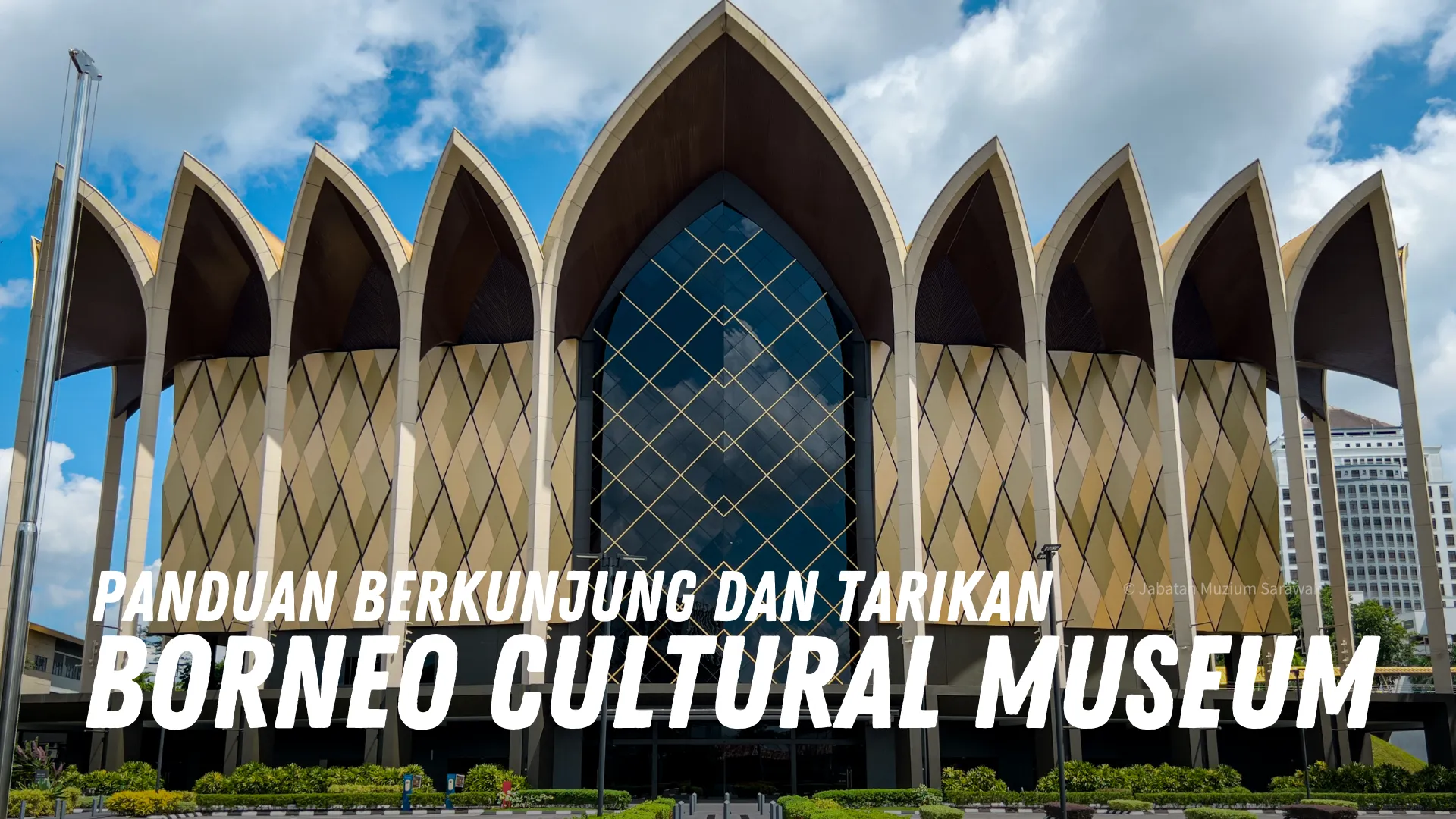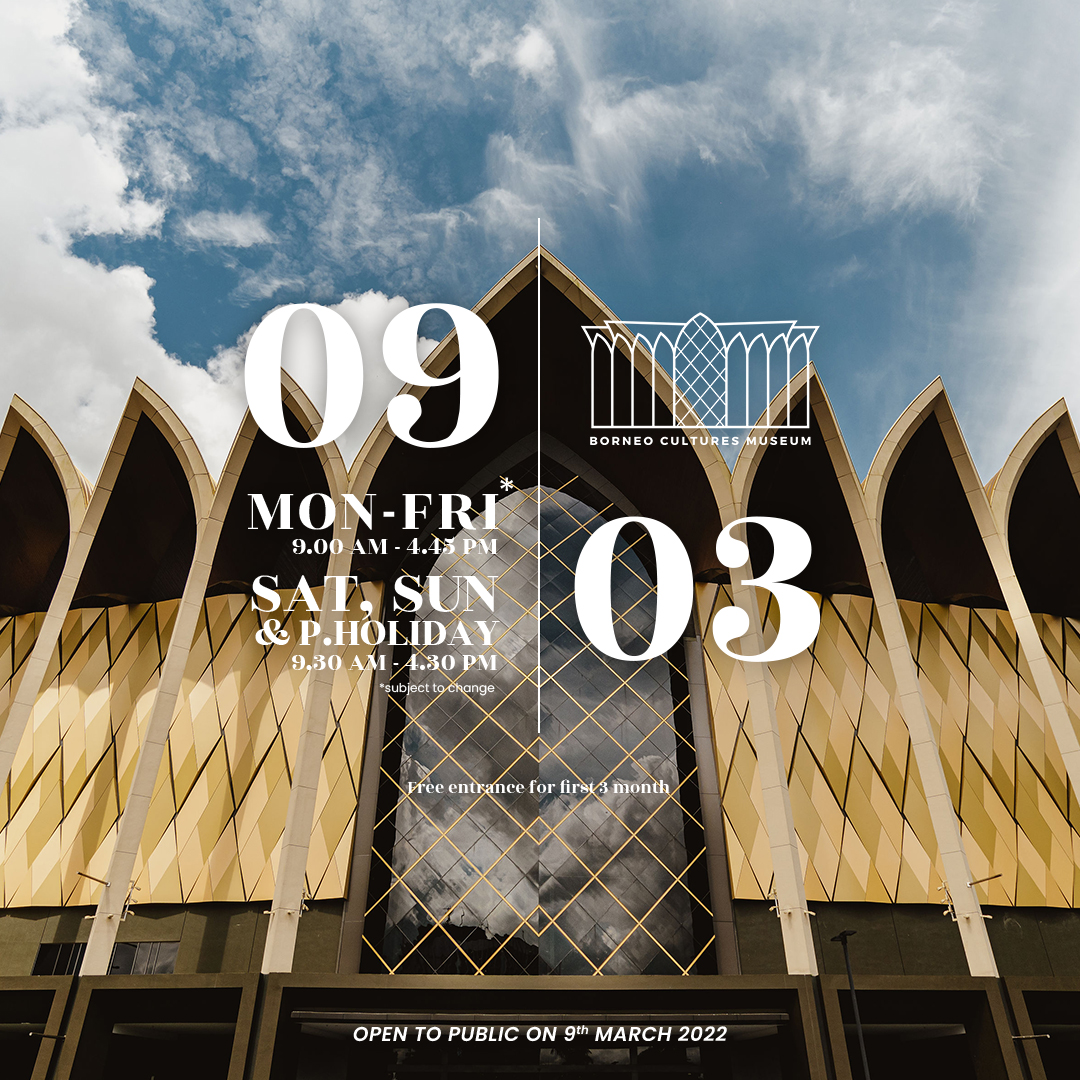Immersive Experience at Borneo Cultures Museum
Immersive Experience at Borneo Cultures Museum
Blog Article
Explore the Remarkable Globe of Borneo's Cultural Heritage: A Comprehensive Guide to the Cultures Museum Experience
Submersing oneself in the complex tapestry of Borneo's social heritage belongs to beginning on a voyage through time and custom. The blend of indigenous people, traditional inventions, fascinating performances, and historical narratives housed within the confines of the island's galleries provides a look into a globe including profound traditions and lively customs. As visitors traverse via these databases of society, they are bid to explore a realm where past and existing intermingle, welcoming contemplation on the resilience and splendor of Borneo's varied heritage.
Native People of Borneo
Borneo is home to over 50 native tribes, each with special social practices and traditions that have been protected for generations. Amongst these people are the Iban, known for their traditional longhouses and elaborate tattoos where numerous family members reside. The Dayak individuals, one more noticeable team, engage in elaborate spiritual ceremonies and are competent artisans, crafting complex wood makings and woven textiles. The Penan people, on the various other hand, are nomadic hunter-gatherers with a deep link to the rainforest, utilizing blowpipes for searching and gathering wild plants for nutrition.
These aboriginal people play a vital role in keeping Borneo's rich social tapestry. Site visitors to Borneo have the opportunity to immerse themselves in the unique way of livings of these tribes via social excursions, homestays, and community-based tourism initiatives.
Traditional Handicrafts and Artifacts

One famous example of conventional inventions in Borneo is the production of woven goods - Borneo Cultures Museum. Proficient weavers utilize all-natural fibers like bamboo, pandan, and rattan delegates develop detailed baskets, floor coverings, and devices adorned with vibrant patterns that hold symbolic significances within the area
The art of woodcarving is an additional significant element of Borneo's standard inventions. Craftsmens sculpt detailed styles right into numerous kinds of wood to create masks, sculptures, and music tools that not just serve useful functions but also hold social relevance, frequently portraying folklore or spiritual ideas.
Additionally, Borneo is renowned for its beadwork, with craftsmens carefully crafting beads from products like glass, seeds, and shells to create jewelry, apparel decorations, and attractive products that display the area's dynamic aesthetic customs. These conventional handicrafts and artifacts not only act as tangible expressions of Borneo's social heritage but likewise supply understandings into the neighborhoods' beliefs, values, and way of life.

Social Performances and Festivals
With an ingrained link to their social practices, the neighborhoods in Borneo come active with vivid cultural efficiencies and festivals that commemorate their heritage. These events display the rich diversity of Borneo's ethnic teams, each offering one-of-a-kind dancings, songs, and rituals that have been given through generations. One of one of the most distinguished celebrations is the Gawai Dayak, celebrated by the Dayak people to mark the rice gathering period. Throughout this event, typical songs loads the air, intricate dancings are performed, and elaborate conventional costumes are used. An additional substantial occasion is the Pesta Kaamatan, celebrated by the Kadazandusun neighborhood to appreciate for the rice harvest. This event includes cultural efficiencies, consisting of the Sumazau dance, and conventional sporting activities like the bamboo dance. Site visitors to Borneo can submerse themselves in these festivities, obtaining a much deeper understanding of the area's cultural heritage and experiencing the cozy friendliness of its individuals. Cultural performances and celebrations serve as a lively suggestion of Borneo's rich social tapestry and the relevance of protecting these practices for future generations.
Historic Narratives and Artefacts
Discovering the historic stories and artifacts of Borneo offers a remarkable look right into the region's rich past and cultural development. Borneo's historic tapestry is woven with varied impacts, reflecting the interactions in between aboriginal tribes, Chinese traders, European colonizers, and Malay sultanates. The artifacts click here to find out more found in Borneo display this detailed background, varying from conventional crafts like complex beadwork and woodcarvings to historical prizes such as ancient pottery and tools.
Among one of the most compelling elements of Borneo's historical narratives is the preservation of oral traditions passed down via generations. These tales give understandings into the ideas, personalizeds, and every day lives of Borneo's citizens throughout the centuries. Furthermore, the artefacts discovered from historical sites use tangible connections to these narratives, permitting site visitors to witness the product culture of previous cultures firsthand.
Contemporary Cultural Conservation Efforts

Additionally, curricula and cultural exchange tasks play a critical duty in elevating awareness about the relevance of protecting Borneo's unique cultural heritage. By involving institutions, museums, and the larger community in conversations and tasks that commemorate Borneo's diverse cultures, preservation initiatives can acquire energy and assistance for long-term sustainability. Partnerships between governmental bodies, charitable companies, and regional neighborhoods are necessary in driving these conservation endeavors forward, making sure that Borneo's rich cultural heritage continues to be dynamic and treasured for generations ahead.
Final Thought
Finally, the social heritage of Borneo is abundant and diverse, with aboriginal tribes, conventional inventions, social performances, events, historical narratives, and modern conservation initiatives all adding to its uniqueness and value. Visitors to Borneo's cultural galleries can get a deeper understanding and recognition of go now the region's cultural heritage, enabling for a much more immersive and informing experience.
Immersing oneself in the elaborate tapestry of Borneo's cultural heritage is comparable to beginning on a voyage with time and tradition.With an ingrained connection to their cultural practices, the communities in Borneo their website come active through vivid social efficiencies and celebrations that commemorate their heritage. Social performances and events serve as a dynamic reminder of Borneo's rich social tapestry and the value of protecting these traditions for future generations.
Additionally, academic programs and social exchange tasks play a crucial duty in elevating understanding concerning the significance of preserving Borneo's one-of-a-kind social heritage. Collaborations between governmental bodies, non-profit organizations, and local communities are crucial in driving these conservation endeavors onward, guaranteeing that Borneo's rich cultural heritage continues to be dynamic and treasured for generations to come.
Report this page